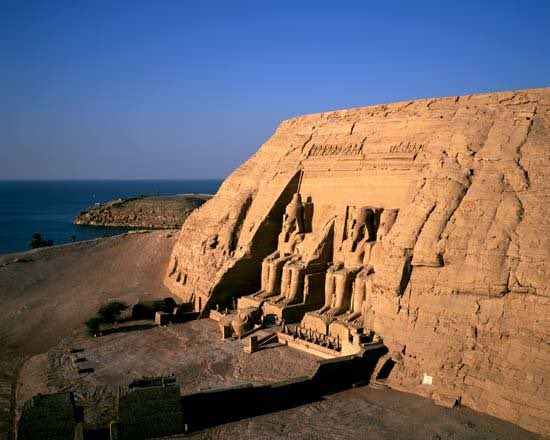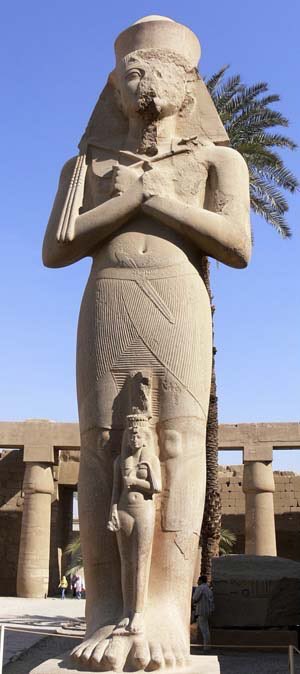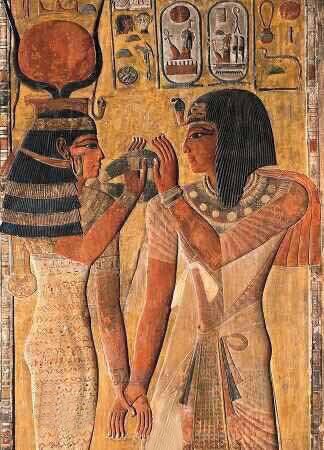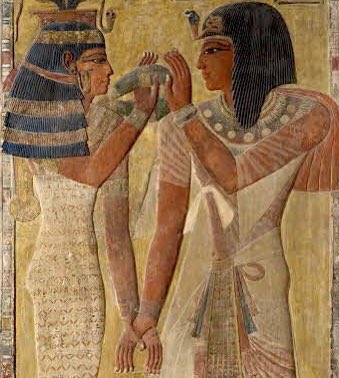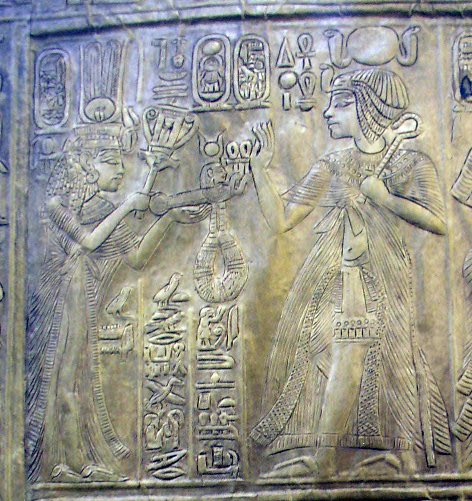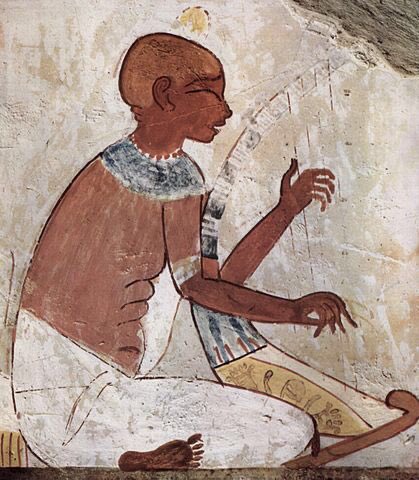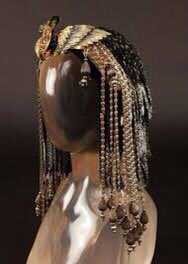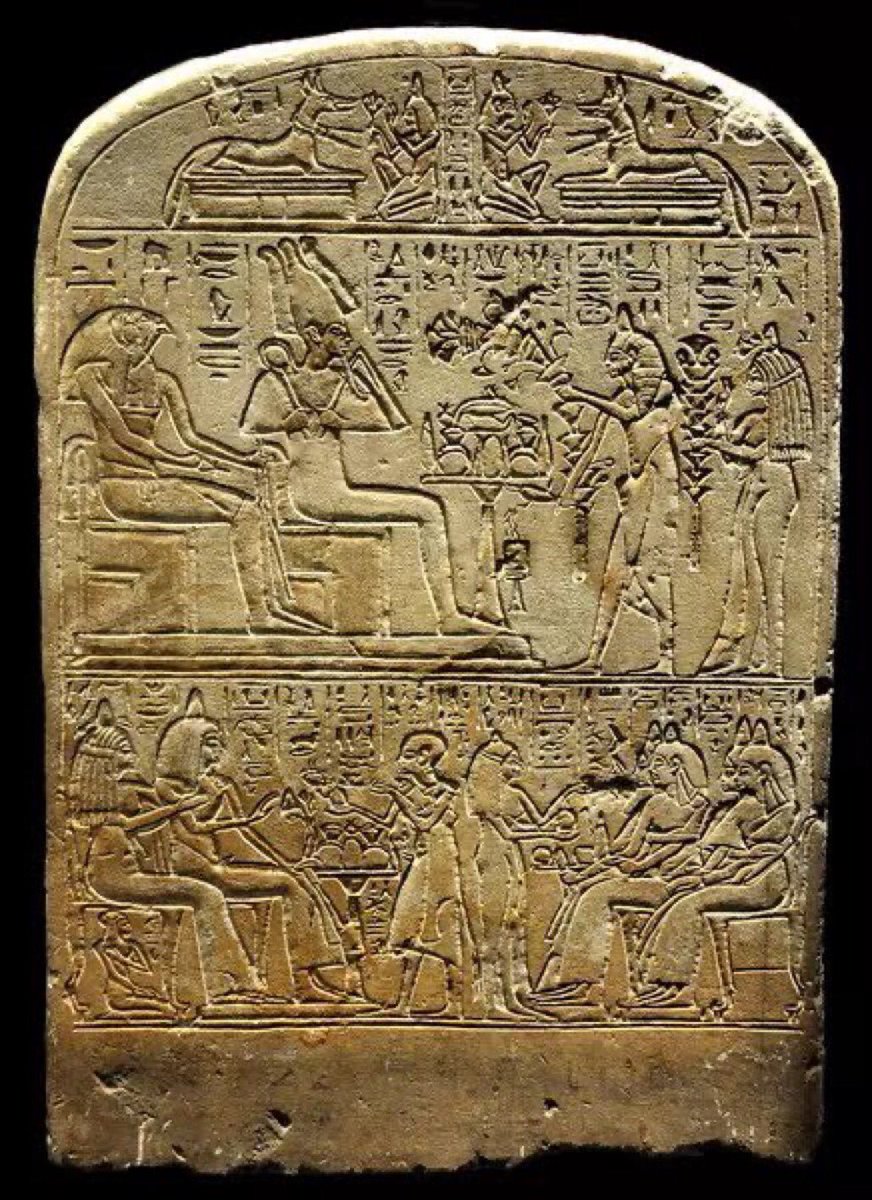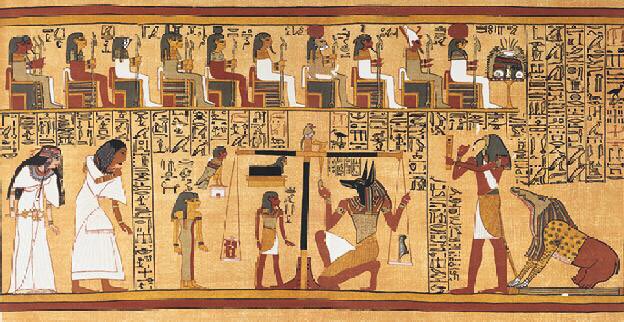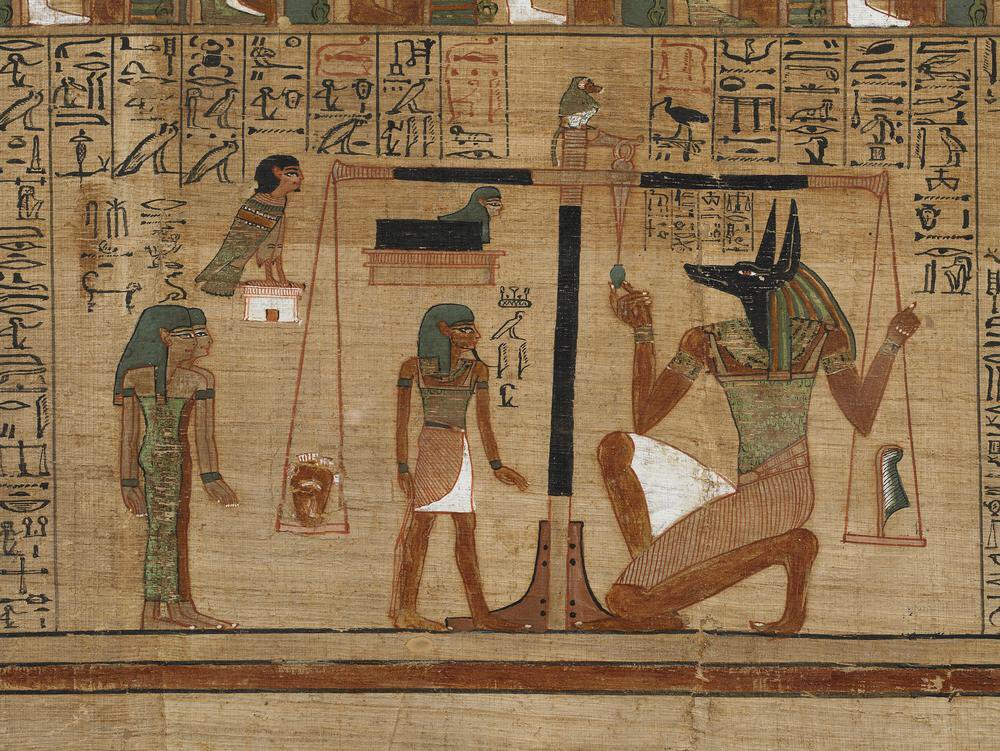There isn’t enough information about human sacrifice in ancient Egypt, though there is some evidence that it could have been practiced in the Nile Valley during the 1st Dynasty and possibly the Predynastic period. 

J. Kinnaer posits there were two types of human sacrifice possibly practiced in early ancient Egypt: the killing of human beings as offerings to the gods regularly, or on special occasions and the retainer sacrifice, the killing of servants who were buried with their master. 

One form of human sacrifices to the gods may have been the slaying of criminals and prisoners of war. It was a custom, in Predynastic times, to slay slaves at the graves of kings and nobles in order that the souls of the slaughtered might protect them and keep away evil spirits. 

Another form is cited in the Pyramid Texts known as the Cannibal Hymn, though not strictly an offering to the gods, the Cannibal Hymn of Unas and Teti talks of the pharaoh as a god who lives on his fathers and feeds on his mothers... Pharaoh is he who eats men and lives on gods.” 



Though the Pyramid Texts seem to combine ritual cannibalism with sacrifices to the gods, archaeological evidence shows that in Predynastic & Dynastic times, cannibalism never became a traditional practice, but reemerged during famine, like the 7 year famine period. 

The Retainer sacrifice, here slaves or even nobles or family members were thought to carry on their respective positions in the afterlife, for example the slaves and servants were killed so that they could continue to carry out their work for the Pharaoh or their master. 

The earliest instances of retainer sacrifice from Egypt appear to date from the last phases of Egyptian prehistory, particularly the Naqada II c. 3500–3200 BC. It is usually supposed that the custom died out after the First Dynasty. J. Van Dijk, W. van den Dungen, B. Trigger
• • •
Missing some Tweet in this thread? You can try to
force a refresh





